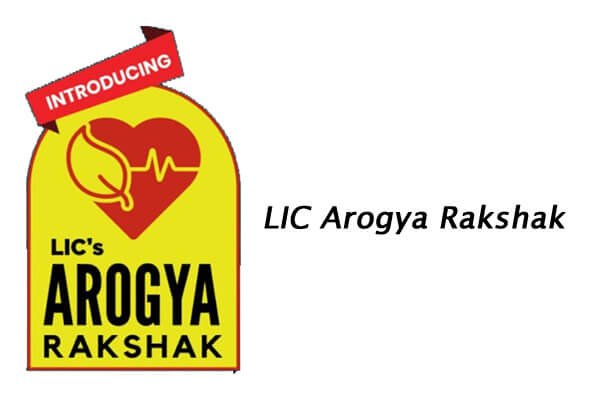The Basics of Microinsurance
The Basics of Microinsurance
The global insurance industry is at a strange crossroad. On the one hand, the market is completely saturated in countries which are known to be the developed market. On the other hand, the developing countries are completely underserved. It has been estimated that at the present moment, insurance products have less than 5% penetration in developing countries like India, China, and Latin America. It is also known that these markets are rapidly growing. It is estimated that the insurance market in developing countries is growing by 10% every year. The rapid growth in microfinance, as well as microcredit, has proven that low-income customers have the potential to become the largest segment for financial services if they are provided with the right product at the right price point.
That being said, it needs to be understood that microinsurance is not a get rich quick scheme. Companies which are in a tough financial spot as of now should avoid investing further in third world countries. The microinsurance market is meant for larger companies that have deep pockets and can play the waiting game for some time. Given the fact that almost all future growth in the insurance industry is likely to stem from emerging markets, it is essential for the world leaders to pay attention to this market.
Let’s have a closer look at the important issues facing microinsurance in this article.
What is Microinsurance?
Simply put microinsurance is selling insurance policies with very small dollar amounts. The premiums paid and the sum assured will both be low, sometimes as low as a couple of dollars per month! Insurance companies look at microinsurance as an important product. NGO’s like the United Nations and the World Bank think of it as a poverty reduction mechanism whereas customers tend to think of it as unnecessary. It will be quite interesting to see if these points of view ever meet and whether it is possible for a viable market to be formed.
One important challenge is that fact that admin costs remain the same per policy regardless of whether it generates a couple of dollars or a couple of million dollars in premium. There are many more challenges listed below.
Change in Mindset: Firstly, it needs to be understood that consumers in the developed world, as well as the developing world, look at insurance products in a very different manner. For the affluent western consumer, insurance is a basic need and a non-negotiable product. On the other hand, in the developing countries, insurance is considered to be somewhat of a luxury. Some consumers are not educated at all. They think that insurance is just a waste of money. For consumers in the developing world, anything that deserves money can be seen or felt immediately. They are not familiar with the abstract idea of risk pooling and coverage from unforeseen circumstances. Changing this mindset is the biggest challenge that insurance companies will face. It is not that people do not have the money to pay the premiums. If they are paying small premiums, then the sum assured will also be small. The challenge is for insurance companies to convince consumers about the usefulness of the concept of insurance itself.
Future Markets: It needs to be understood that developing markets may not be viable for insurance companies if they have a short-term point of view. However, these unviable markets of today will be the dominant marketplaces of tomorrow. The Indo-Chinese growth story has lifted more than 400 million people out of poverty! These consumers are viable segments to sell life, health and agricultural insurance products. These middle-class consumers of today are poised to become the affluent customers of tomorrow over the next couple of decades. It is therefore important for any insurance company to gain a strong foothold over these markets. If they are able to reach the customers early and develop a favourable brand image, then they are likely to gain market share as compared to their competitors. This is because insurance is an intangible product based on trust. Hence, if a customer has developed trust on a company, they are likely to stick with the same company in the future. Insurance customers are quite loyal. Hence, making an early entry into the market is of vital importance.
Different Model: In most developed countries, insurance companies rely on partners from the private sector to provide their services. For instance, insurance companies are dependent upon hospitals and garages to provide health and motor insurance respectively. However, this infrastructure may not be as developed in the developing nations.
Also, sometimes developing nations are poor because they tend to face a lot of natural calamities. For instance, Bangladesh faces a lot of flooding, Latin America is prone to earthquakes, and countries like Kenya face regular droughts. This is when the benefits of insurance will have to be paid out to the people. However, there is no private sector infrastructure which will help insurance companies do so. Hence, insurance companies will have to rely on NGO’s which have the deepest networks in such countries. The problem is that insurance companies are profit-oriented whereas NGO’s are service oriented. It is likely that they might face a clash of ideology. However, if insurance companies are not able to provide services as promised, their failure is guaranteed. Hence, they should foresee the challenges of working with NGO’s and develop an effective distribution system before they sell any policies and make any promises.








